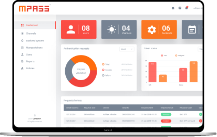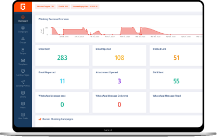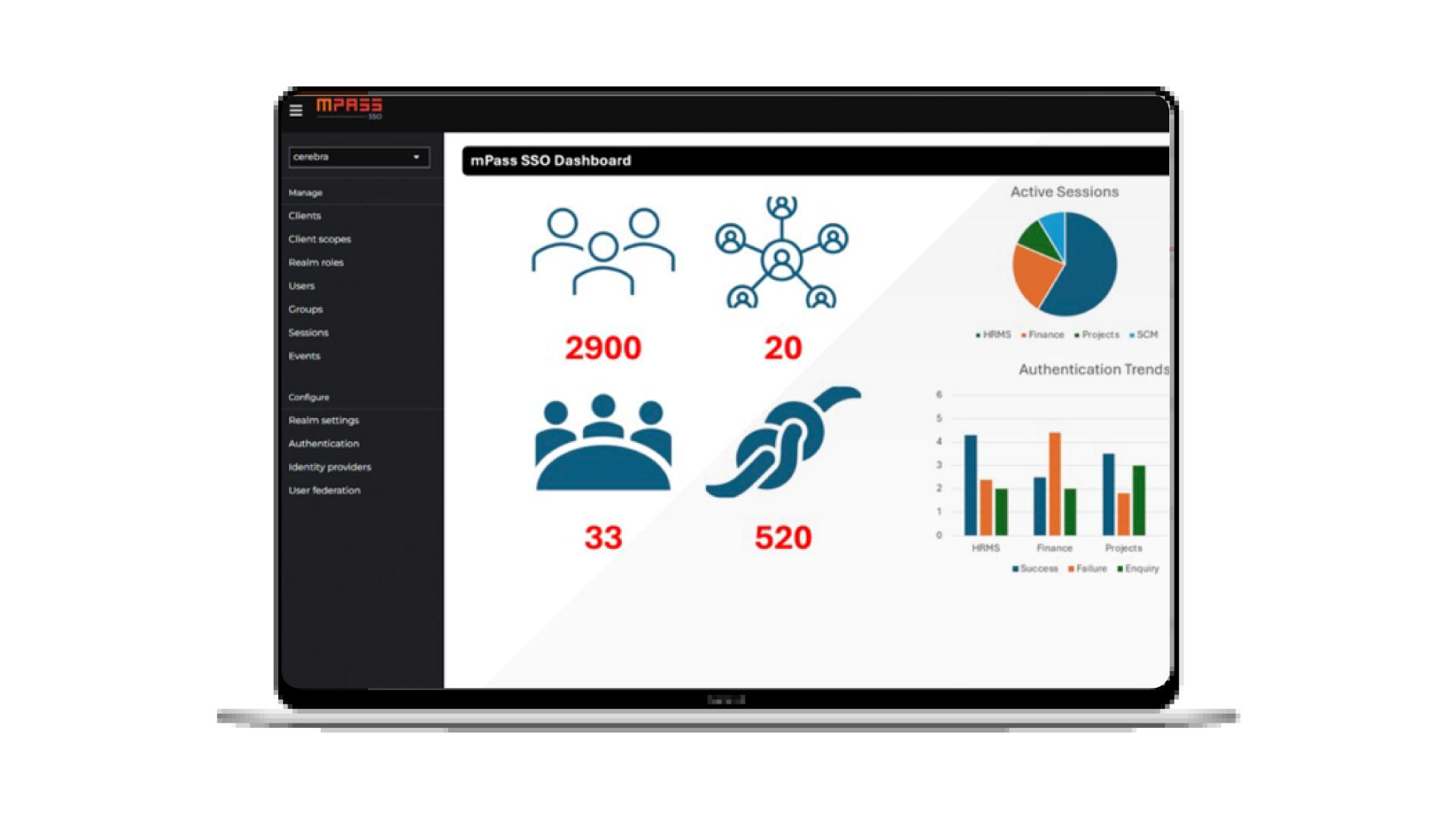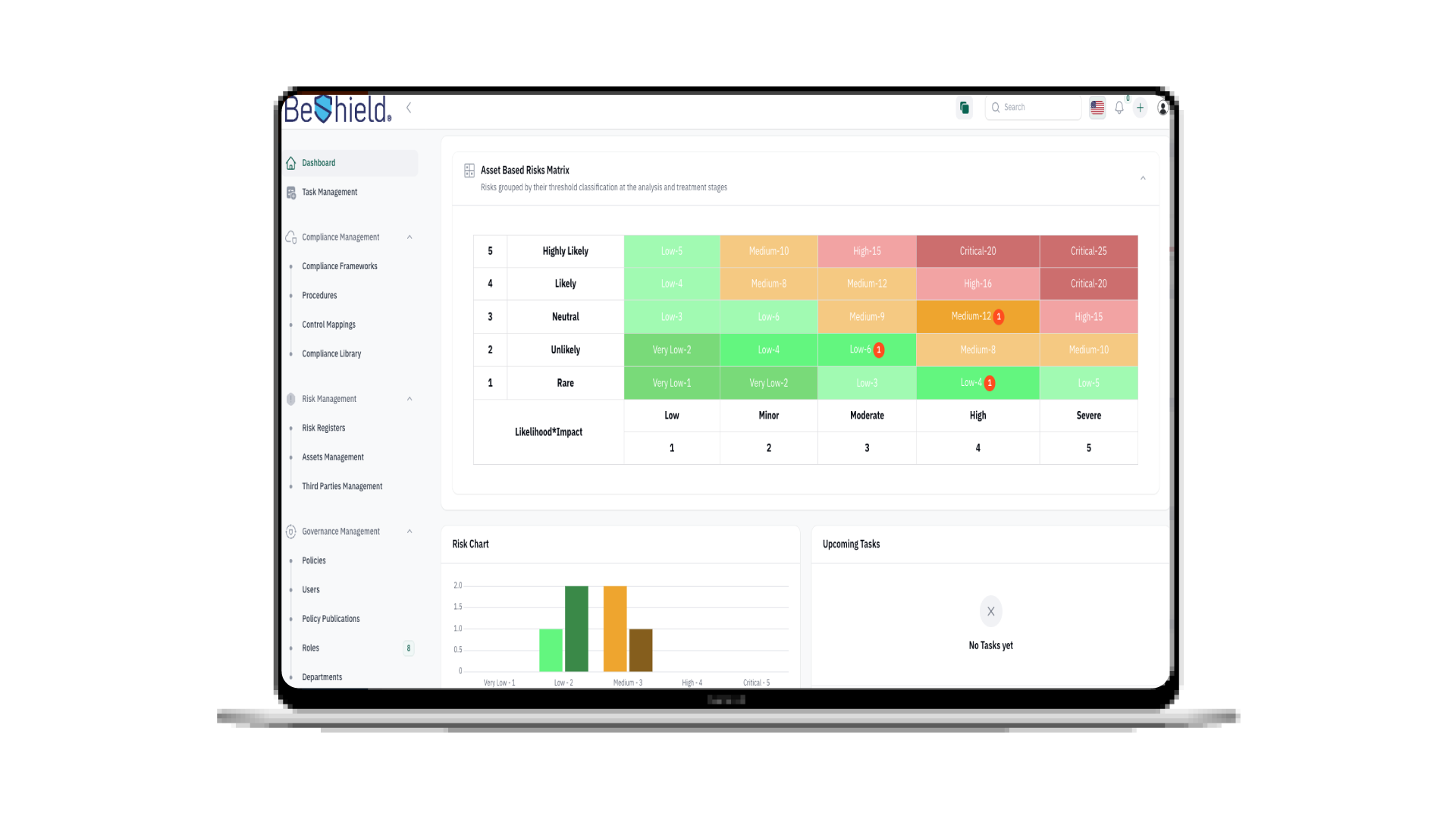Did you know that there are 6.648 billion (83.72%) people worldwide who own a mobile phone and in Saudi Arabia alone, 97.5% of its society owns one? Also, did you know that the average time people spend on their phones is 3 hours and 43 minutes? What if you knew that they are all vulnerable to fraud attacks via Smishing!
With most of the world connected to their mobile phones on a daily basis, this incited cyber criminals to level up their SMS phishing attacks .
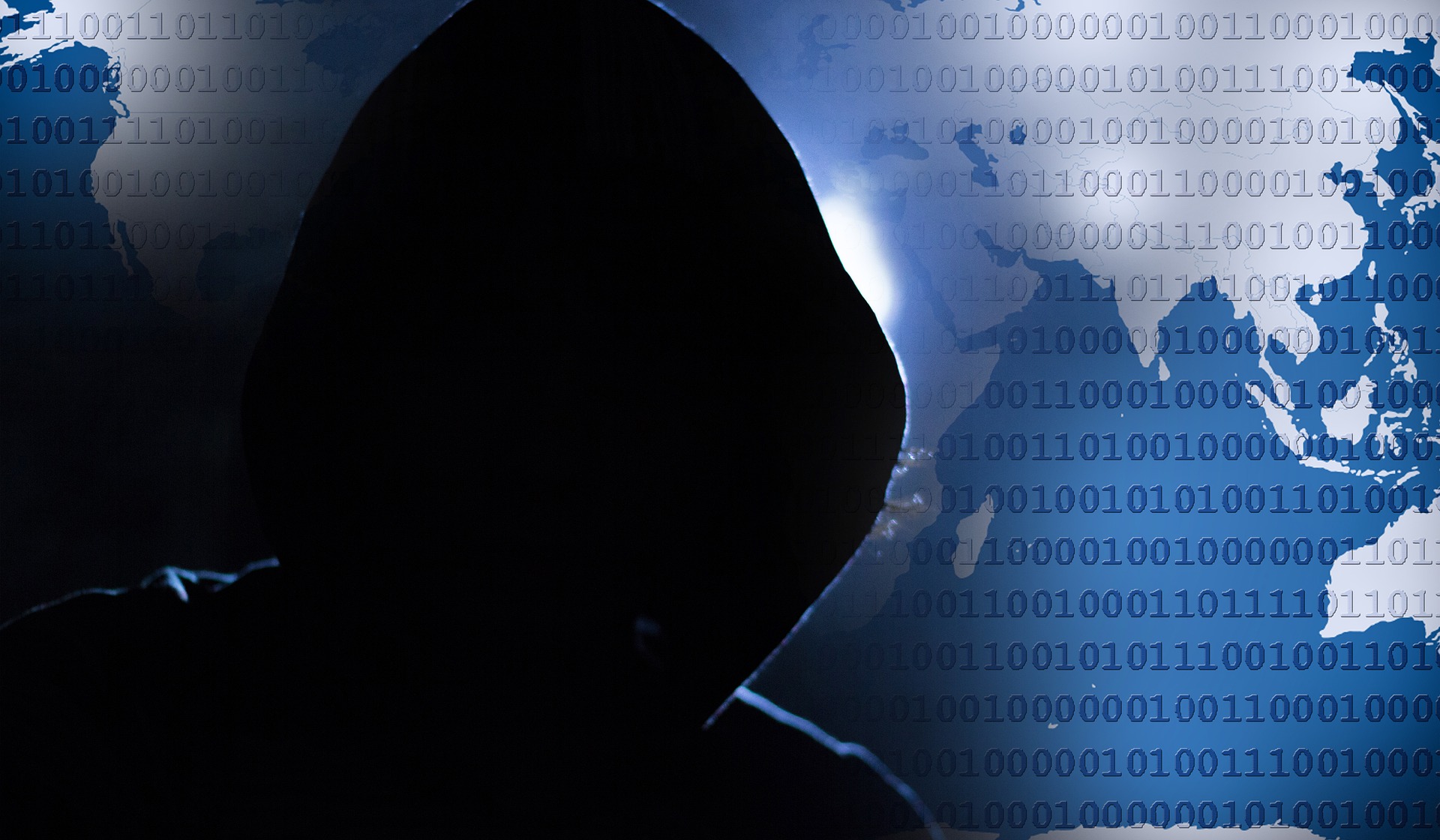
Smishing Attacks Trends
It’s no wonder that the number of smishing attacks has increased in the last couple of years. In 2021, 74% of enterprises were targeted by smishing attacks, a 13% more increase than increase over 2020. Individuals receive an average of 13 text messages a day, and the probability of one of those messages being a smishing attack is high (Zipwhip’s The 2021 state of texting Report).
To avoid being a victim of this attack, awareness is key. Unfortunately, last year when people were quizzed about their awareness of smishing, only 23% of them answered correctly, a surprising 8% less than the year before.
So, how are these cyber criminals currently luring in their victims?
Current Smishing Trends
1- Smishing via Delivery service-related messages
Delivery service-related messages have always been the number one topic for SMS, email, and voice phishing attacks.
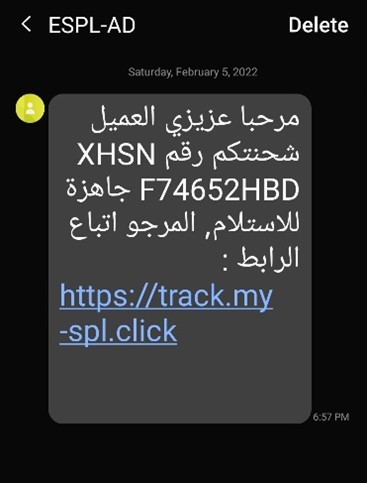
It’s only logical that as eCommerce grows, so does the number of online shoppers around the world. The number of online shoppers is estimated to be 2.14 billion in 2021.
Over the last few years, the number of online shoppers has increased. As internet connectivity grows around the world and online purchasing becomes more convenient, this growth should come as no surprise.
Receiving a text message from a delivery service company will not be something a person would be suspicious of since they are waiting for their online order to be delivered especially when it is received during the holidays. But an attentive person would quickly notice the indictors of a fake text message. When receiving an SMS from a company, they will never use a personal phone number or have incorrect grammar or structure. So, be on the lookout for these signs.
*This is an example of a fake delivery message disguised as the Saudi Post (SPL). once the person clicks on the link and enters their card details, then you have been officially compromised.
2- Smishing Via Messages claiming to be from the bank.
When you receive an alarming message stating that a significant amount of money had been withdrawn from your account, then you would panic and interact with the message blindly.
This has resulted in many instances where people have had malware installed on to their phone due to the text message it is containing a link to “resolve the problem”. The mistake of taking action without caution is the downfall of many.
With contactless payment methods being on the rise, there have been many incidents where people receive a message from “Apple” warning them that their Apple pay wallet has been deactivated and should click on the link to reactivate.
With this convincing Apple Pay text scam, hackers are attempting to phish consumers of their personal information. Apple has warned of this scam and asks its users to always sign into their account to double-check if there really is a problem.

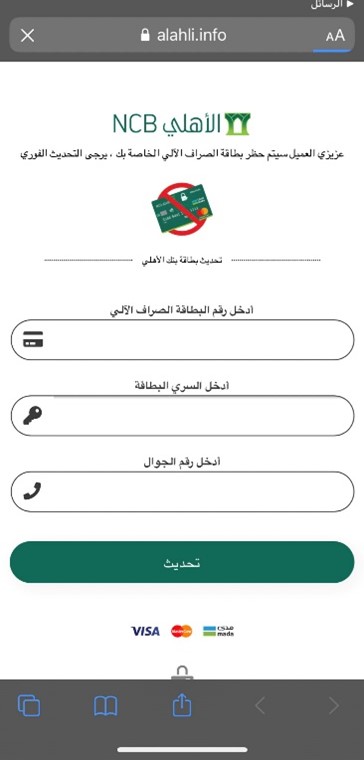
*An example of fake SMS text claiming to be from a Saudi Bank ( AlAhli NCB) First of all, no bank sends from a personal phone number. The link attached is a fake website that can steal your information or cause malware to be installed on your device.
3- Marketing-related messages claiming you’ve won a prize.
Have you ever received a text informing you that you’ve won a prize or a voucher to something you’ve never interacted with but urges you to quickly visit their website by clicking the link attached? If yes, then hopefully you haven’t clicked anything on the message. The first indicator that this is a scam is that you received a message from something you didn’t register for or a brand you didn’t interact with.
This way is commonly used by cybercriminals so they can pull you in by claiming that you’ve won a chance for a free coupon and all you need to do is click on a link and enter your information. As soon as you click on the click your device and info has been compromised.

*As you can see here, a person was sent a text message full of spelling errors from private number claiming they have won a prize. This is a prime and clear example of Smishing.
4- Receiving text messages claiming to be from a government entity
Since the beginning of the COVD-19 outbreak, governments have been contacting their recipients via SMS to notify them of any urgent news or updates, since text messages are the fastest way to reach people.
These messages usually contain a link redirecting to a phishing website urging people to fill out a form claiming to be a mandatory step for every citizen. Sadly, these messages are still being sent and many are falling into these traps due to them not examining the sender and the content of the message thoroughly.
Find out more about phishing trends with us..
Be careful before clicking anything!
Share this article:
Popular

Enhancing Cybersecurity for a Leading Saudi Ministry
A prominent Saudi Arabian ministry has taken significant steps in its digital transformation journey, focusing on strengthening its cybersecurity framework while aligning with the goals of Vision 2030. In the face of challenges like outdated authentication methods, complex access environments, and strict compliance requirements, the ministry embarked on a two-phase solution to address these issues effectively. Phase One: Implementing Cerebra mPass MFA The first phase of the solution introduced Cerebra mPass Multi-Factor Authentication (MFA), designed to offer a more adaptive, user-friendly approach to authentication. This system enables seamless access controls for users while enhancing security through multiple layers of verification. ...
26th May 2025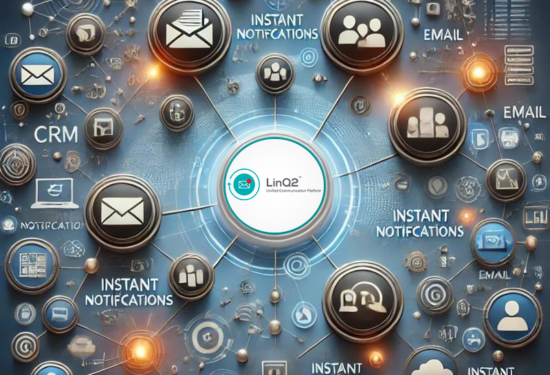
Revolutionize Enterprise Communication Platform with LinQ2
Revolutionize Enterprise Communication Platform with LinQ2 In today’s fast-paced business environment, enterprise communication platform is the backbone of success. Whether reaching customers, coordinating with employees, or automating notifications, having an effective enterprise communication platform is essential. Cerebra’s LinQ2 stands out as the ultimate solution, offering a multi-channel notification platform tailored for businesses of all sizes. Why Enterprise Communication Platform Is Essential for Business Growth? Efficient enterprise communication platform ensures businesses can stay connected with their customers and teams in real time. Poor communication systems often lead to missed opportunities, customer dissatisfaction, and delays in internal operations. Key Features of LinQ2 ...
11th Mar 2025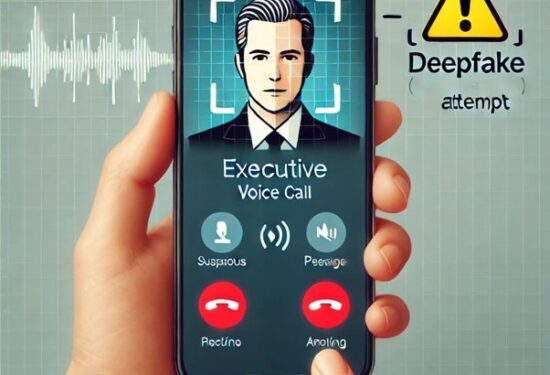
Deepfake in Phishing: Challenges and Solutions
In the era of advanced technologies, especially with the explosive adoption of Large Language Models (LLMs) and Generative Artificial Intelligence (GenAI), deepfake has emerged as one of the most significant challenges in cybersecurity. This technology relies on Artificial Intelligence, specifically deep learning and the use of GenAI, to create fake yet highly realistic content that is difficult to detect. Deepfake serves as a versatile tool spanning applications from entertainment to cybersecurity. However, its misuse can pose severe risks, especially in phishing schemes. What is Deepfake? Synthetic media refers to a technology that leverages deep learning algorithms to create ...
19th Dec 2024
AI Governance: Opportunities and Challenges in Cybersecurity
AI Governance: Opportunities and Challenges in Cybersecurity With the increasing reliance on AI technologies in various fields, AI Governance has become a key factor to ensure system integrity and data protection. This governance plays an essential role in enhancing confidence in modern technology and ensuring that it is used responsibly. It has been almost two years since OpenAI’s ChatGPT went viral, igniting widespread interest in artificial intelligence (AI) and setting off a wave of technological and investment growth in the field. Academic and technical investments in artificial intelligence: The advancements in AI since then have been staggering, with exponential increases ...
14th Nov 2024
Cyber Warfare Unveiled: Tracing the Journey from Espionage to Digital Combat
“Cyber Warfare: From Espionage to War A Journey Through Time” With the massive technological advancements, the boundaries of warfare have expanded to encompass cyberspace, where “cyber warfare” has emerged as an increasingly serious threat to individuals, institutions, and countries. The line between cyber and traditional wars has blurred for a while but recent activities in the region made it clear that cyberwars is becoming a dangerous and can lead to harming humans. In this blog, we will dive into a journey through the world of cyber warfare, seeking to understand its nature, history, impacts, types, evolution, and some solutions to ...
9th Oct 2024
Keeping Our Kids Safe Online
A Guide For Keeping Your Kids Safe Online Parents and all who are concerned about the well-being of our young kids in this digital world. Today we will discuss a topic of utmost importance: digital safety for kids. Yes, the Internet can be a very dangerous place for our young kids , especially with the spread of phishing scams. So, let us dive deeper and present to you, in this comprehensive article, a comprehensive guide on digital safety for kids. What every parent needs to pay attention to. Internet risks for kids: The internet has become a big part of ...
17th Jul 2024
Could you be hacked through Slack?
Could you be hacked through Slack? The usage of collaboration platforms such as Microsoft Teams and Slack has significantly increased, with nearly 80% of employees utilizing them. These platforms are designed to be convenient and easily manageable for daily conversations within organizations. However, what makes them easy and convenient also renders them vulnerable to cyber threats and attacks. In 2021, for instance, 780 gigabytes of data from the gaming giant Electronic Arts (EA) were breached through Slack! During the same year, a security vulnerability in Microsoft Teams was exploited to launch a widespread cyber attack on ...
12th Jun 2024
Tips To Be Cyber Protected While Traveling
Goodbye worry! A safe journey in the digital world With all the modern wonders of the digital world, we trust communication technologies on our journeys. There is no doubt that the travel experience is always more beautiful and enjoyable, but it can also pose a range of risks, especially when it comes to cybersecurity. Travelers may fall victim to phishing, Wi-Fi network spying, and theft of their personal data, which can make their journey filled with worries and tension. With the increasing prevalence of cyber threats, it is essential for travelers to follow some guidelines to protect their devices and ...
1st Apr 2024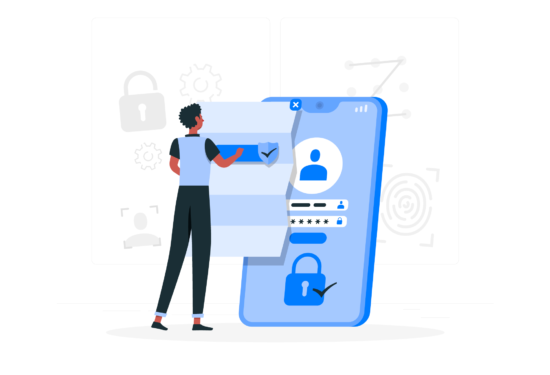
Push Authentication: A New Era in Multi-Factor Authentication
Want To Say Goodbye To Passwords and OTP Codes? Discover Push Authentication! It is easy for your password to be compromised through phishing attacks, even if it meets the cybersecurity strong password standards and is difficult to predict So we must get to know the technique of Push based Authentication. Some may recommend that you use Multi-Factor Authentication (MFA) to increase your security. Multi-Factor Authentication (MFA): MFA is the process of logging into your account through multiple steps. It requires you to enter more information, not just your password. But there is another obstacle that arises when using such ...
14th Feb 2024

